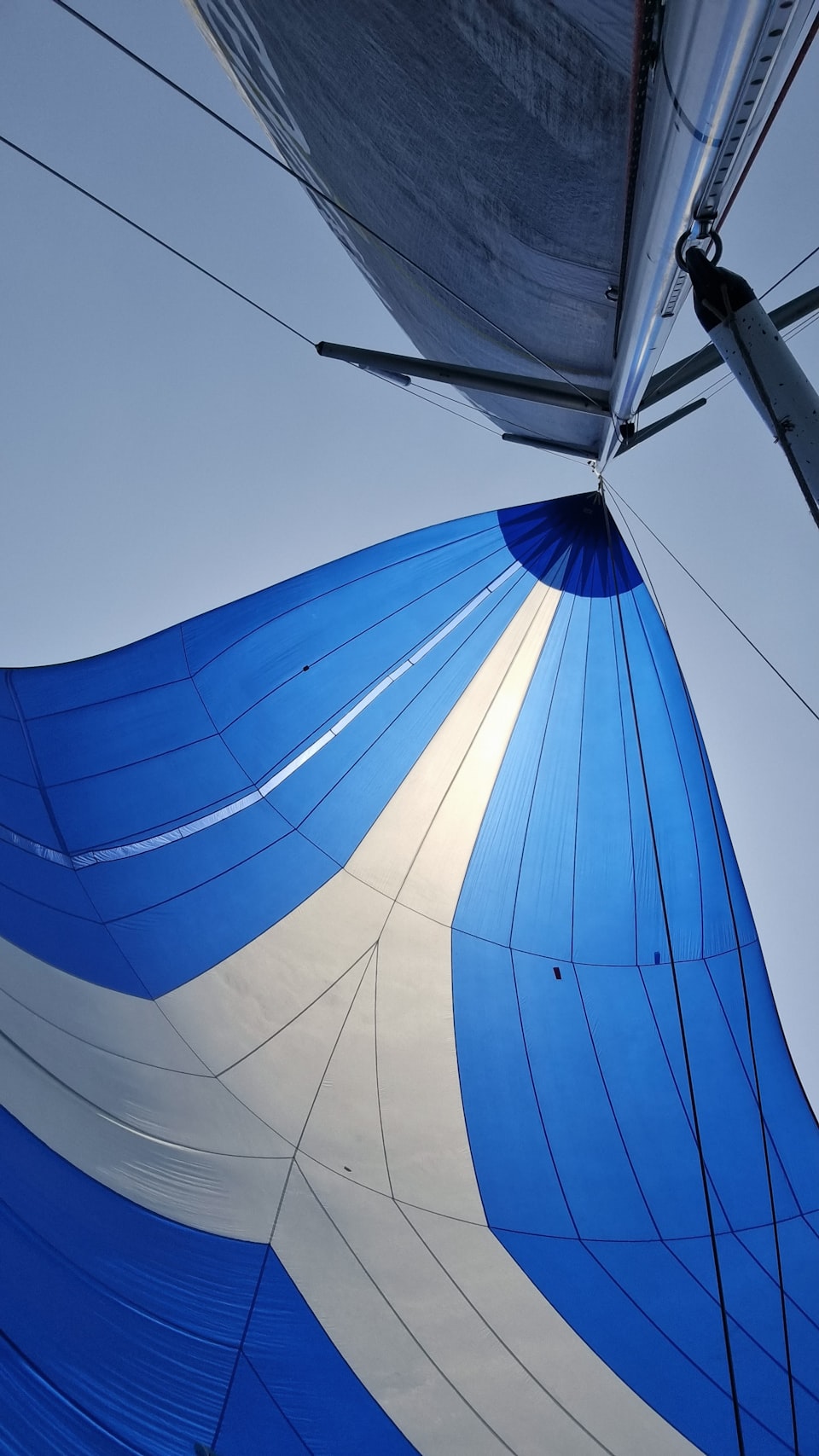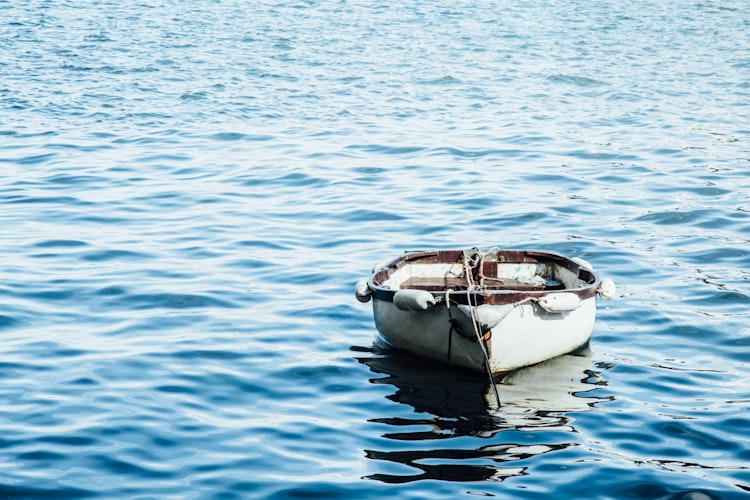To Race a J/22

Join the Club
A few weeks ago I joined a local boat club called the Percy Priest Yacht Club. I'm going to give you a second to work through the judgements that sentence may have encouraged. Despite sounding like an elite club of wealthy yachters, this group of sailors consists of normal, inviting, skilled men and women that are enthusiastic to include newcomers and are surprisingly humble to even learn something along the way. In fact, they are so open to including newcomers that I was invited to crew a small boat for a weekly race after attending for my first visit to the club as a new member.
One thing about this invitation and the conversations that followed struck me as strange, especially as a new sailor. With very few exceptions, all the skippers present seemed obsessed with two things: racing and the J/22. I suppose this struck me as odd mainly because racing sailboats never occurred to me as an objective in sailing. I have been hunting for the freedom, mobility, and excuse to get wet. Having never raced, I was more excited to see what the fuss was about with the J/22 than I was about racing, but at this stage in my experience everything is upside.
So, What's the Fuss With a J/22?
I'll be honest. When I set out on this race day I didn't know a J/22 from a Catalina 22. Even now I struggle to verbalize the specific features of the boat without consulting a website, but I will do my best to mention what stood out to me. First, the twenty-two foot boat seemed much smaller in person than it appeared in my head. Like a curvy muscle car, it just looked fast. In addition to the curves the boat had a raked mast, meaning that the mast leaned toward the stern (back of the boat). This angle severely reinforced the vibes that this boat could chooch.
Read more about the J/22 here.
Despite these exciting angles and lines and potential, I was pretty turned off about it due simply to the fact that everyone seemed to own one. Maybe my Enneagram-4 wife is influencing me to need to be more unique, but seeing so many of the same boat was a buzzkill for me. I like seeing variety in hobbies. If I am really vulnerable though, I was a little afraid that I would not fit in with the group if I didn't like their boats.
Oh. Now I Get It
All my worries about not liking the boat melted away as I grabbed the starboard sidestay and set foot on her. She heeled quickly under my ~200 pounds (more on this later), which I found to be an exciting teaser about how she would handle on the water. It was fortunate that Fred, the boat's owner, had done some deck improvements that added a non-slip surface to everything topside, because, as our four-man crew made ready, I would have certainly slipped off the lively, heeling boat.
Once the rigging and sails were fastened and checked, we were ready to leave the slip. In previous sailing I have crewed similar sized boats that motored away from the marina and hoisted sails considerably later. On this trip, however, we hoisted the mainsail in the slip, push the boat off the dock, set the sheets, and left the marina under sail power. It was among the most exciting parts of the day for me as a crewmate on a racing boat for the first time. I don't know if the magic of harnessing wind to move such a huge object will ever wear off for me.
My position on the boat in this race was a humble one and it matched my experience level. Fred, the skipper, was incredibly patient and kind as he gently instructed me to take a position midship and to man the spinnaker pole sheet. This means that, when we are sailing with the wind coming from behind us and have the spinnaker up (that is the huge, parachute-shaped sail pictured at the top of this article), I controlled the height of the pole that holds the sail in the proper shape. All the rest of the time I served as "rail meat." That is to say that I was a human ballast. And that is to say that I leveraged my ~200 pounds onto the windward side (high side) of the boat when it heeled in the wind and I balanced it all out to help the boat run flatter, which is typically faster.
While my part in the action was extremely minor and probably more of a liability than an asset, the other, more experienced sailors were patient and included me in action at every opportunity. When all was said and done, I could certainly understand the allure of the J/22. It get it now.
If Money Was No Object
As I am trying to decide what I want as my first boat and how I will acquire it, I find myself asking myself, "What do you love about the J/22 and could it fulfill what you want in a boat?"
In response I might say to myself, "I love the smaller size and incredible responsiveness. I love the curves and lines that make her look like she is moving while being lashed to the dock. I love the simple rigging and straightforward operation. Yes, she would fulfill what I want in a boat."
To this, the pragmatic future-Phillip would interject, "Ah yes! But alas, money is a very real object. And one of the agreements we all made (Future-Phillip, Present-Phillip, and Thrill-seeker-Phillip) was that we would be fiscally responsible as we made the first step off land."
The three of us quietly nod to one another remembering this to be true.
No J/22 for us today.
Nice Finish
As the day wrapped up, my team pulled in fourth place out of about 14 boats. It was a laid back race, so forgive me if those figures are exactly right. Also, I didn't care much about the race results, so it was difficult to keep up with the status of things.
Regardless of the racing outcomes, I got to meet a terrific group of people that warmly and enthusiastically included me in their world. Over ice cold Coronas at a local Mexican restaurant, we got to talk further about boats and many of them contributed questions, comments, and sage wisdom to my quest for a boat. I look forward to sharing more of these contributions in the future.
Thanks for reading.



Comments ()